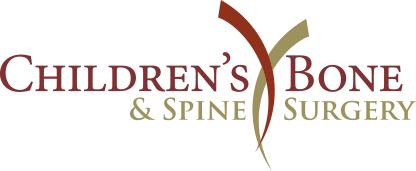Osgood-Schlatters Disease

What is Osgood- Schlatters Disease?
Osgood-Schlatters Disease is not a disease. Osgood-Schlatter disease is a common cause of knee pain in growing adolescents.
It is an inflammation of the area just below the knee where the tendon from the kneecap (patellar tendon)
attaches to the shinbone (tibia). Osgood-Schlatter disease most often occurs during growth spurts, when bones, muscles, tendons, and other structures are changing rapidly.
Growth plates are areas of cartilage located near the ends of bones. When a child is fully grown, the growth plates harden into solid bone. Some growth plates serve as attachment sites for tendons, the strong tissues that connect muscles to bones. A bony bump called the tibial tubercle covers the growth plate at the end of the tibia. The group of muscles in the front of the thigh (called the quadriceps) attaches to the tibial tubercle
Causes
- Because physical activity puts additional stress on bones and muscles, children who participate in athletics – especially running and jumping sports – are at an increased risk for this condition
- Less active individuals can experience this condition
Signs and Symptoms
Patients can complain of:
- Pain at the tibial tubercle; swelling or enlarged bump at the tibial tubercle
- Tight muscles
- Pain with resisted knee extension
- Painful to kneel onto the knee
- Patients can experience pain in one or both knees with physical activity. Generally, one knee is worse than the other.
Treatment
- Osgood-Schlatters Disease is a self-limiting issue. There are no serious long term complications from allowing adolescent athletes to continue to participate
in physical activity. - Anti-inflammatory medications can help with pain management.
- Don Joy Reacting brace assists to decrease the forces on the knee and provides stability
- Rest when patient is experiencing pain


